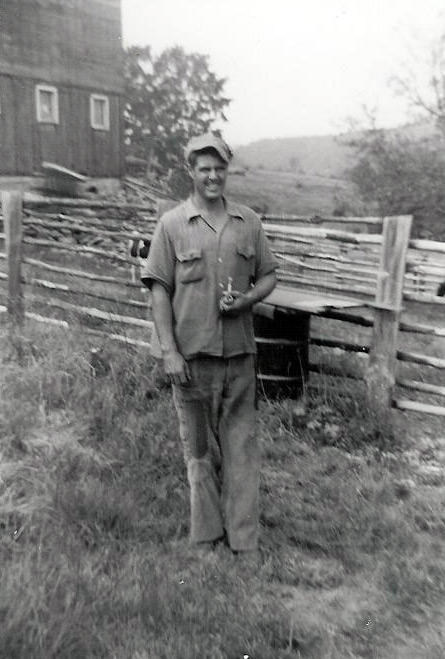History of Neversink
Neversink is located in Sullivan County, New York, which is one of the eight counties in the state classified as “most rural.”[1] It is located approximately 120 miles northwest of New York City, had a population of 1,660 in 1940 and was equidistant from the much larger, towns of Liberty to the west (population 8,632 in 1940) and Ellenville to the east (population 5,334 in 1940)[2]. In 1798, town borders were arrayed to include 12 separate dairy farming communities centered on the hamlets of Montela, Eureka, Neversink, Bittersweet, Aden, Bradley, Claryville, Curry, Grahamsville, Lowes Corner, Unionville and Willowemoc.[3] Although a town supervisor was elected since its founding, the political, social and economic gravity of the town was decentralized. It was found in the individual hamlets which served the needs of families living on surrounding farms. Besides serving as central meeting places for recreation and business, each hamlet had a post office, store and school. Some additionally had hotels, fire departments and recreational facilities.[4] Due to their relative independence, citizens only had a vague sense of a greater town community beyond the hamlets.[5]
From 1798 to 1940 little changed in citizen perception of Neversink and its hamlet-centric farming communities despite the local upheaval brought on by the economic boom beginning during the Civil War. During this time, tanneries and saw mills were built to take advantage of the large hemlock forests and rivers in the town. When these industries collapsed around 1900 due to deforestation, excess population moved away and the town continued as it had before with traditional dairy farming communities centered on the 12 hamlets. Following the excitement of the late 19th century, the original perception of community remained strong through early 20th century national changes including the proliferation of the automobile, World War I, the economic boom of the 1920’s, The Great Depression and World War II.[6]

Citations:
[1] Janet Fitchen, Endangered Spaces, Enduring Places: Change, Identity and Survival in Rural America (Boulder: Westview Press, 1991), 6.
[2] 1940 U.S. Census for Liberty, accessed 1 October 2012/available from www.ancestory.com; Internet.
[3] Although located in neighboring Ulster County and not in Neversink, the hamlets of Lackawack, Sundown and Lackawack Hill had a very similar history to the hamlets in Neversink and were later integrated into the Neversink community known as the “Tri-Valley Area.” Lackawack was also integral in a later court case imperative to the fight for the future of Neversink.
[4] Fire Departments and other facilities were built and maintained through taxes taken only from individuals in the hamlet (ie: The Grahamsville Fire Department only received money from citizens of Grahamsville).
[5] James Quinlan, History of Sullivan County: An Account of its Geology, Climate, Aborigines, Early Settlement, Organization; The Formation of its Towns, with Biographical Sketches of Prominent Residents (Liberty: WT Morgans & Co, 1873)
[6] Barbara Purcell, Time and The Valley: Story of the Upper Rondout Valley (Loch Sheldrake: Town of Neversink Bicentennial Commission, 1978): 1-64.
Daniel Curry
George Mason University
Last Updated 14 May 2014
copyright May 2014